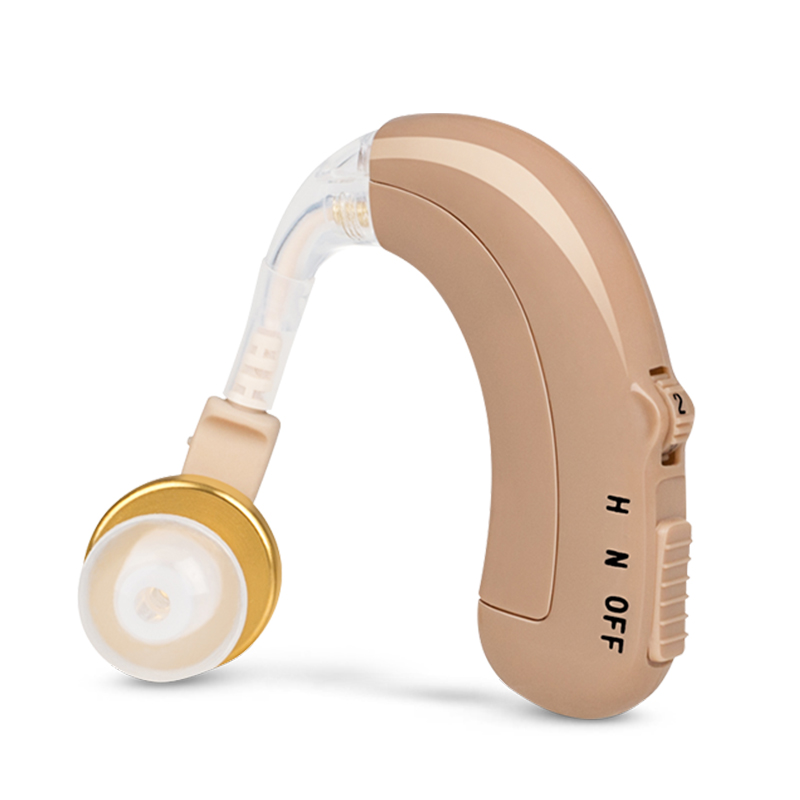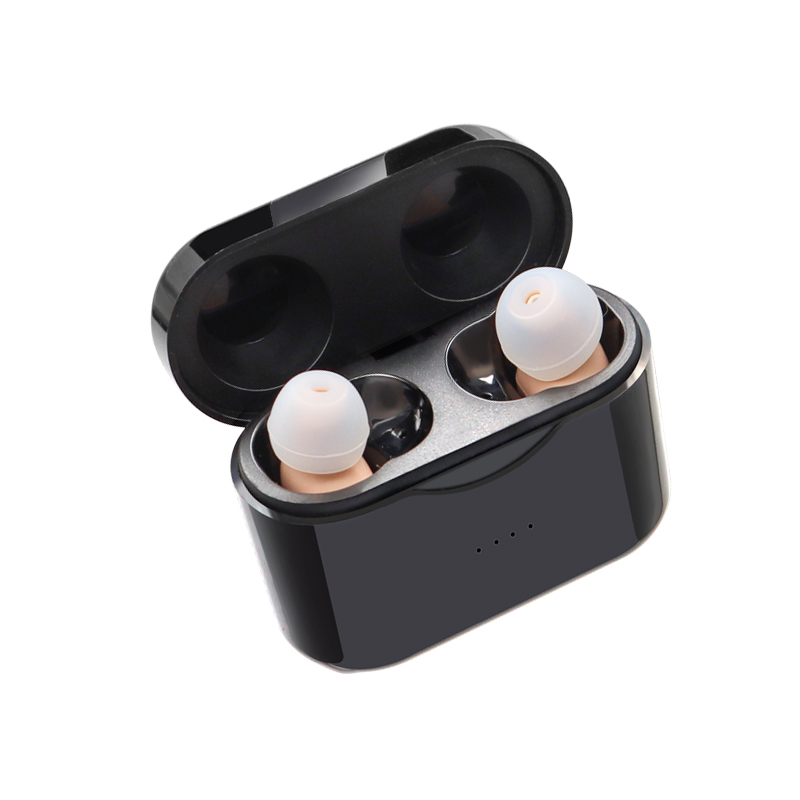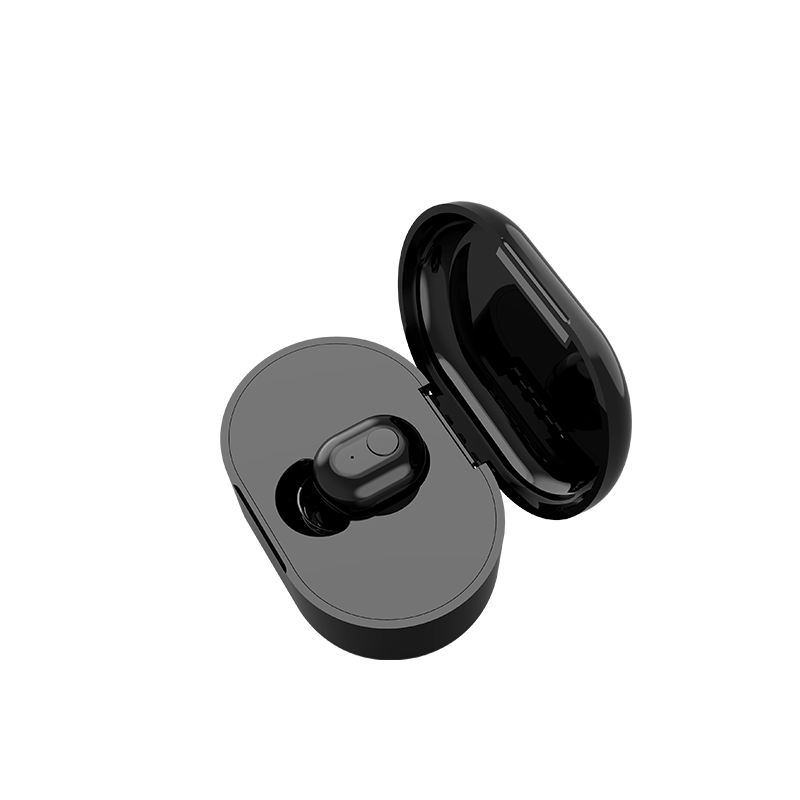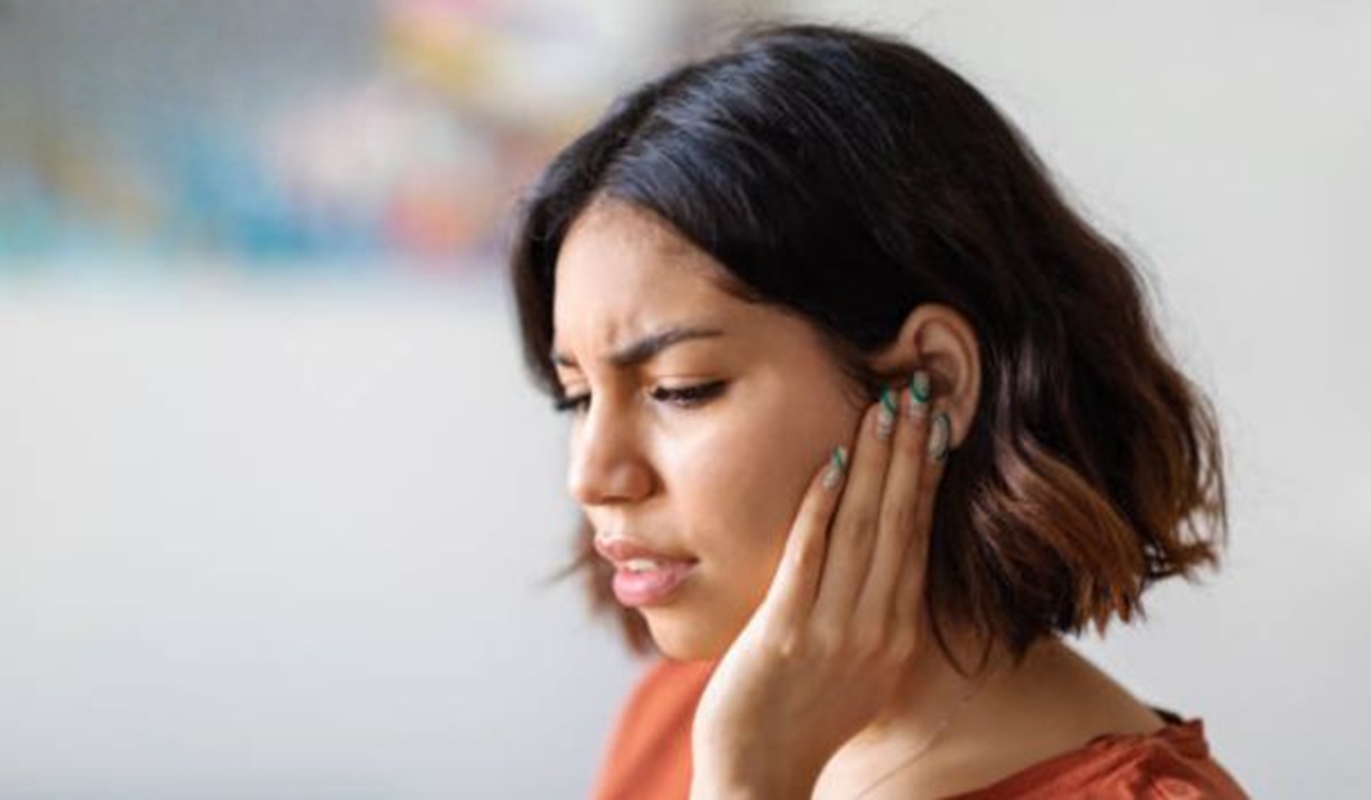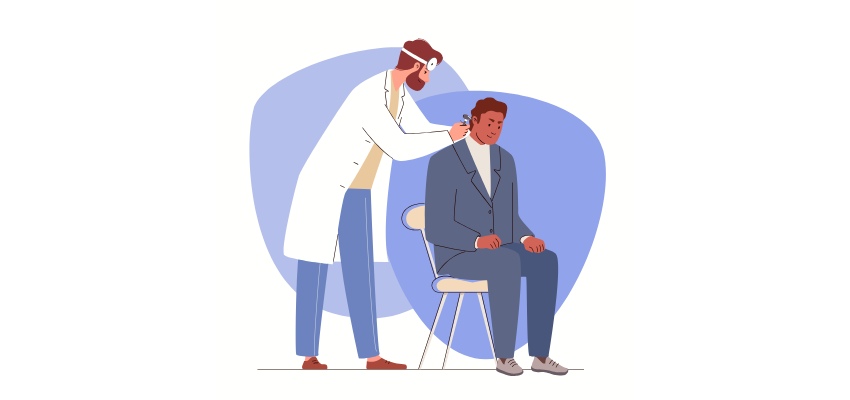
Feeling off-balance? If so, you might have encountered a condition commonly called “ear rocks.” Despite the simple (and slightly silly) name, ear rocks can cause significant discomfort and disrupt your daily activities.
Most common among older adults, you may have ear rocks if you’re experiencing sudden bursts of vertigo when you make head movements, like sitting up or tilting your head. At Liberty Hearing, we understand the impact of these symptoms and are here to help you find relief.
What Are Ear Rocks?
Ear rocks, medically known as otoconia or otoliths, are tiny calcium carbonate crystals in the inner ear. These crystals play a crucial role in our sense of balance and spatial orientation.
Normally, they reside in two organs of your vestibular system called the sacculus and utricle, where they help detect linear movements and gravity. However, problems pop up when these crystals become dislodged and migrate into the semicircular canals, another part of the inner ear responsible for detecting rotational movements.
Causes of Ear Rocks
Many factors can cause ear rocks to dislodge and move into the semicircular canals:
- Head Trauma — A blow to the head can jostle the crystals out of place.
- Aging — As we age, the otoconia can naturally degrade and break free.
- Inner Ear Disorders — Conditions such as Ménière’s disease or labyrinthitis can lead to the dislodgment of these crystals.
- Viral Infections — Infections that affect the inner ear can disrupt the placement of otoconia.
Symptoms of Ear Rocks
When ear rocks move into the semicircular canals, they interfere with the normal flow of fluid that helps detect head movements. This disruption sends mixed signals to the brain, leading to a variety of symptoms:
- Vertigo — A spinning sensation often triggered by changes in head position.
- Dizziness — General feelings of lightheadedness or unsteadiness.
- Nausea — Motion sickness-like symptoms.
- Balance Problems — Difficulty standing or walking without feeling off-balance.
How Liberty Hearing Can Help
At Liberty Hearing, we specialize in diagnosing and treating conditions that affect your hearing and balance. If you’re experiencing symptoms related to ear rocks, our team of experts is here to provide comprehensive care and effective treatment options.
Diagnostic Process
First, we listen. Understanding your symptoms, concerns, and medical history helps us tailor our approach to your specific needs. Next would be a balance assessment, which is a thorough examination of your ears and balance function. We provide expert assessment of balance disorders, which often originate in the vestibular system found in the inner ear.
Treatment
Once a diagnosis is confirmed, we can offer several treatment options. The Mayo Clinic suggests several common treatment options such as canalith repositioning maneuvers. These are specific head and body movements designed to move the dislodged crystals back to their proper place in the utricle. The Epley maneuver and the Sémont maneuver are common techniques used to treat benign paroxysmal positional vertigo (BPPV), which, according to the University of California San Francisco, is the most frequent condition caused by ear rocks.
If you experience lingering balance issues, vestibular rehabilitation therapy (VRT) can help. This therapy includes exercises tailored to improve balance and reduce dizziness by training your brain to compensate for inner ear issues. Additionally, in some cases, medication may be prescribed to help manage nausea or dizziness.
Preventive Measures
While not all cases of ear rocks can be prevented, some steps can reduce your risk:
- Protect Your Head — Wear helmets during activities that pose a risk of head injury.
- Monitor Ear Health — Regular check-ups can help detect and manage inner ear disorders.
- Stay Hydrated — Proper hydration supports overall ear health.
Ear rocks might sound like a minor issue, but their impact on your balance and well-being can be profound. At Liberty Hearing, we are dedicated to helping you regain your balance and live free from the discomfort of dizziness. If you’re experiencing symptoms, don’t hesitate to reach out to our experienced team for personalized care and effective treatment solutions.
Rediscover stability and take the first step towards better balance with Liberty Hearing. Please contact us today for a consultation about your unique dizziness and balance difficulties, and to start your journey to relief.
Got Questions?
We’ve got answers and we’re standing by to help.
Request a Follow-up
Get Our Guide on The Signs of Hearing Loss
Learn how you can really know if you have hearing loss and other answers to common questions.
See the Signs of Hearing Loss
The above is the interpretation of What Are Ear Rocks? A Guide to BPPV and Vertigo provided by Chinese hearing aid supplier Shenrui Medical. Link https://www.srmcm.com/Blog/What_Are_Ear_Rocks_A_Guide_to_BPPV_and_Vertigo.html of this article is welcome to share and forward. For more hearing aid related information, please visit Blog or take a look at our Hearing aids products



